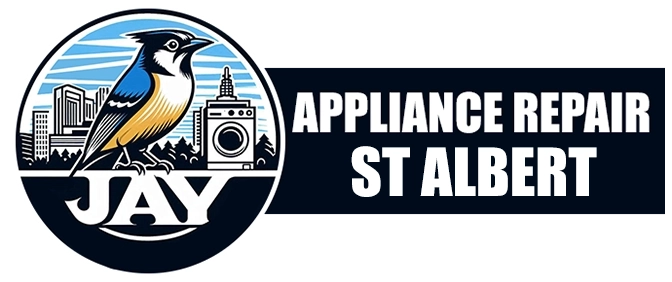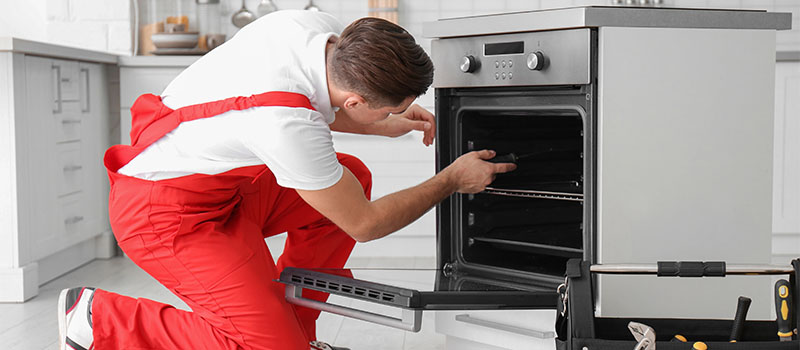When gas burners flicker or the flame looks too weak, cooking becomes frustrating and even unsafe. We want our stoves to deliver steady, strong flames that heat evenly. When this doesn’t happen, it usually means something is wrong with the surface burner or the gas valve. Let’s walk through the most common causes, practical checks, and solutions to keep our kitchens working properly.
Understanding the Flame Problem
First, let’s look at what a healthy gas flame should look like. A steady blue flame shows complete combustion, meaning gas and oxygen are balanced. However, when burners flicker or the flame burns too low, cooking takes longer and heat distribution becomes uneven. In some cases, food may not cook safely.
Sometimes the problem is with the gas supply itself. If pressure is too low, burners can sputter. On the other hand, if too much air mixes with the gas, the flame loses its strength. Our job is to figure out whether the surface burner or the gas valve is the root cause before deciding on the next step. For bigger issues, we may need help from local appliance repair services St Albert.
Surface Burner Issues
One of the most common reasons for weak flames is a dirty burner head. Grease, food spills, or even dust can block the small ports where the gas comes out. When this happens, gas cannot flow evenly, leading to flickering or very low flames.
We should start by removing the burner caps and cleaning them carefully with warm soapy water. After that, use a thin wire or needle to clear any clogged ports. Make sure the parts are dry before putting them back. Additionally, check the alignment of the burner cap because if it is not seated correctly, flames will not burn properly.
Another overlooked issue is rust or damage to the burner head. In those cases, replacement might be the only safe option. If cleaning does not help and damage is visible, the burner may need professional inspection through oven repair in St Albert.
Gas Valve Concerns
When burners and caps look fine but the flame is still too weak, the problem might come from the gas valve. The gas valve controls how much gas reaches the burner. If it wears down or becomes blocked, it can restrict flow.
Sometimes the valve becomes sticky due to grease buildup. Cleaning around the knob and valve stem may help. However, if the valve itself is faulty, it can leak or fail to deliver enough gas. In this case, it is not safe for us to attempt a full repair. Gas leaks pose a real danger and should only be handled by trained professionals.
Another sign of valve trouble is uneven flame output across multiple burners. If all burners flicker at once, it suggests that the supply system rather than a single burner is the issue. Calling in expert service ensures the system gets tested with the right tools.
Gas Pressure and Supply Checks
Not all problems start with the stove itself. Gas supply lines can also cause weak flames. Low household gas pressure, leaks in connections, or kinks in flexible lines reduce flow. If you notice that other gas appliances in the home, such as a water heater, also seem weak, then the supply line may be the source.
We can check for obvious issues like bent lines or loose fittings. However, pressure testing requires specialized tools and knowledge. Any time we suspect a supply issue, we should stop using the stove until it is checked for safety. Our safety depends on consistent gas delivery, and problems in this area are best left to qualified technicians.
Flame Adjustment
Many stoves have small adjustment screws near the burner control valves. These screws fine-tune the air and gas mixture. If the flame looks too yellow or too weak, adjusting these screws can sometimes fix the balance.
We should only try this adjustment if we are comfortable and know exactly where the screw is located. Turning it slightly can increase flame height, but turning it too much can create unsafe combustion. It is a delicate balance, and for most people, professional adjustment is the safer choice.
Regular Maintenance Tips
Prevention is easier than repair. By cleaning burner caps and heads weekly, we reduce the chance of clogs. We should also wipe spills immediately so they do not bake into hard deposits.
It is also smart to schedule seasonal maintenance if we use our stoves daily. This ensures gas valves and supply lines are inspected regularly. Keeping our kitchen safe means not waiting until the flame becomes weak or unstable. If we already notice irregular flames, it is best to act quickly and avoid relying on guesswork.
For peace of mind and proper repair, reaching out to experts through the contact us page is often the right move. A safe and efficient stove helps us cook with confidence every day.
FAQs
Why does my gas burner flicker only when it is windy in the kitchen?
Drafts from open windows or vents can disturb the flame. Closing windows or redirecting airflow should stabilize the flame.
Can I use a needle to unclog burner ports safely?
Yes, but do it gently. Use a thin wire or needle to clear blockages without widening the port holes, which could affect gas flow.
Is it safe to adjust the flame height myself?
Minor adjustments are sometimes possible, but if you are unsure, it is better to call a professional. Incorrect adjustment can cause incomplete combustion.
What should I do if I smell gas near the stove?
Turn off the appliance immediately, open windows for ventilation, and avoid lighting any flames. Then call for professional service right away.
How often should burners be cleaned?
For best results, clean the burner heads and caps weekly if you cook frequently. This helps maintain strong, even flames.

